Nominated-Day or Next-Day
Nominated-Day or Next-Day

The most popular vegetable stems we eat are celery, asparagus, rhubarb, broccoli, and cauliflower. You can easily determine an edible vegetable stem, and we frequently overlook vegetables that actually have edible stems.
Vegetables play a vital role in our diets, providing essential nutrients and flavors. With the diverse range of vegetables available, you can enjoy a different variety each night of the week. Each vegetable can also be prepared in numerous ways.
Claiming not to enjoy vegetables seems implausible, given the vast array of choices. Sometimes, the key to finding the healthiest and tastiest vegetable options lies in the way they are prepared or which part of the plant you consume.
We typically eat the leaves, flowers, seeds, or actual fruits and vegetables of a plant, but we might overlook other edible parts. In some cases, you could be eating plant stems without even realizing it.
This guide aims to cover all aspects of edible stems, introducing you to plants with edible stems and providing in-depth information on how to prepare them. By understanding and recognizing edible stems, you’ll be better equipped to use them for cooking at home.
You’re likely familiar with common vegetables like corn, green beans, broccoli, onions, cauliflower, potatoes, and many more. The list of available vegetables is extensive, and the most popular ones are just the tip of the iceberg.
When exploring vegetable options, it’s important to remember that various parts of the plant can be eaten, such as leaves, roots, seeds, or even flowers.
Indeed, it’s intriguing to learn which parts of a plant are eaten as vegetables, and stems should not be overlooked. There are numerous vegetables with edible stems.
In fact, some vegetables have stems that can be eaten even if no other part of the plant is eaten. A prime example of this is celery. There are chefs that even prefer to use vegetable stems for the base of their vegetable stock.
Here are a few of the most popular vegetables that we eat:
These are only some of the most popular examples of vegetables we can eat. Let’s look at them more closely and see whether there’s something special to be aware of when eating them.
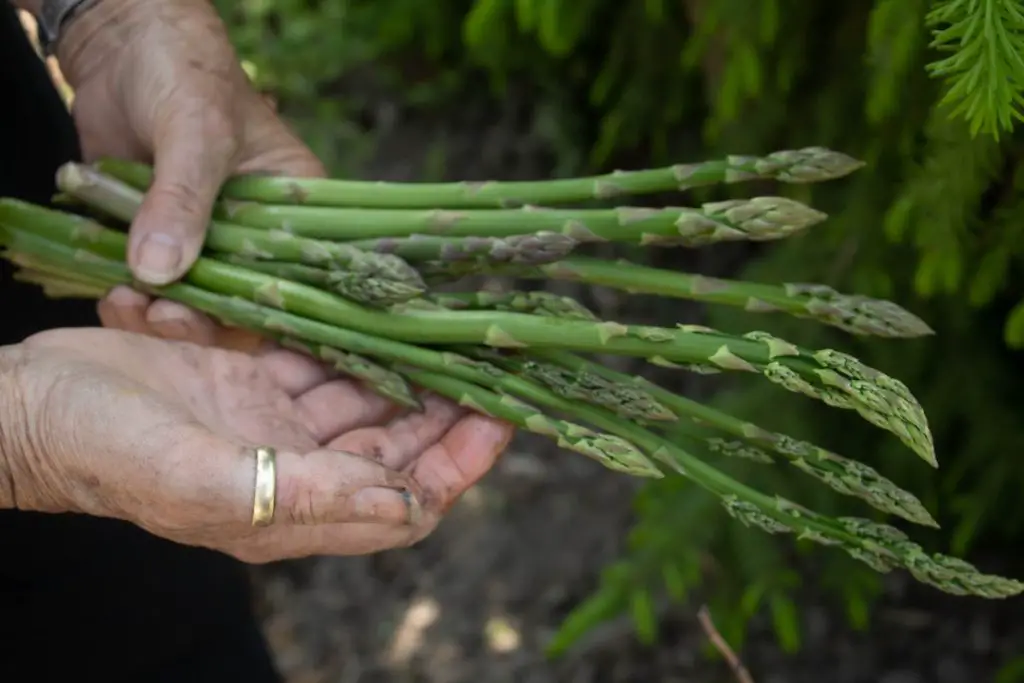
Asparagus is an underappreciated vegetable. Cooked correctly, the entire stalk can be enjoyed, even the typically discarded tough bottom section.
Try these asparagus serving ideas:
Read also: Best Substitutes For Asparagus
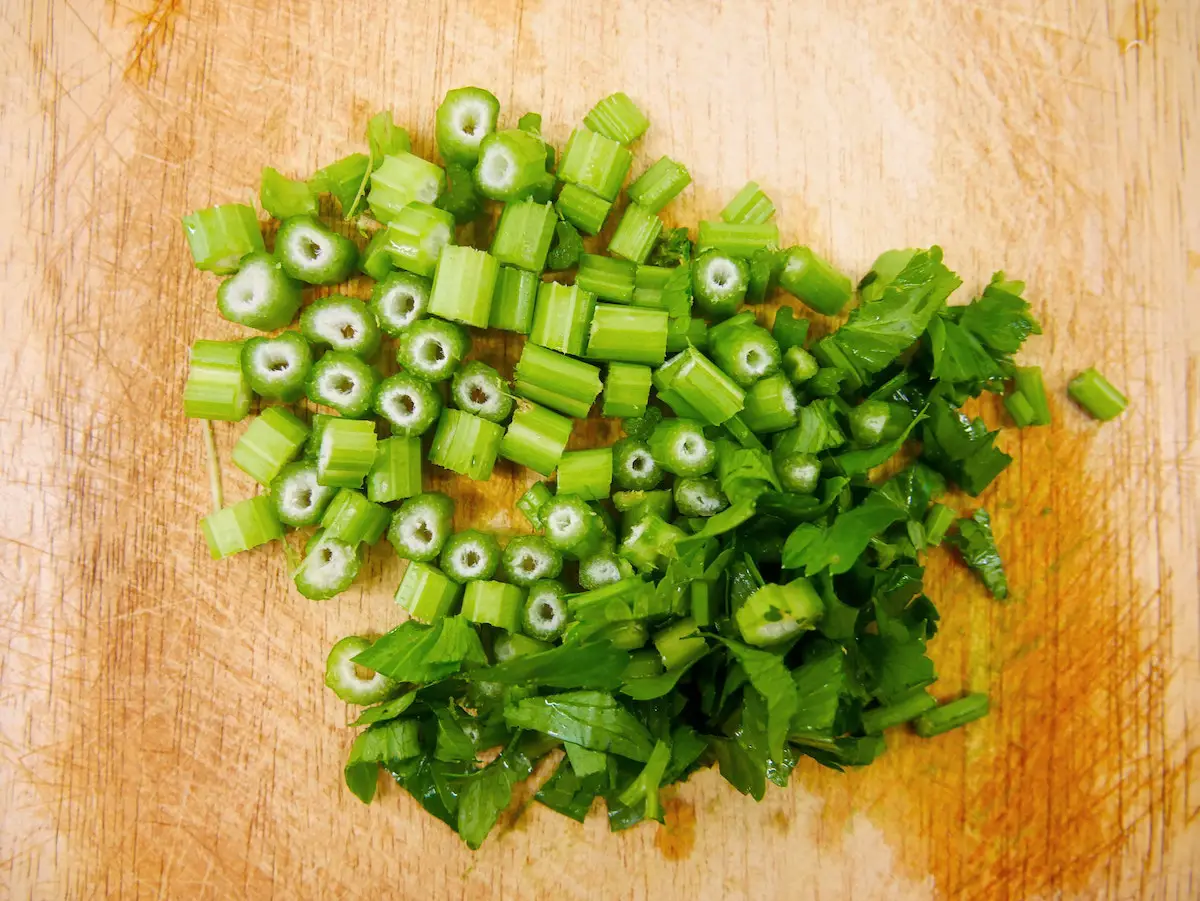
Celery is another vegetable where both leaves and stems are consumed. It’s often used in cooking and tastes great fresh, coarsely chopped in salads or as a standalone snack dipped in peanut butter or cream cheese.
Some celery-based dishes include:
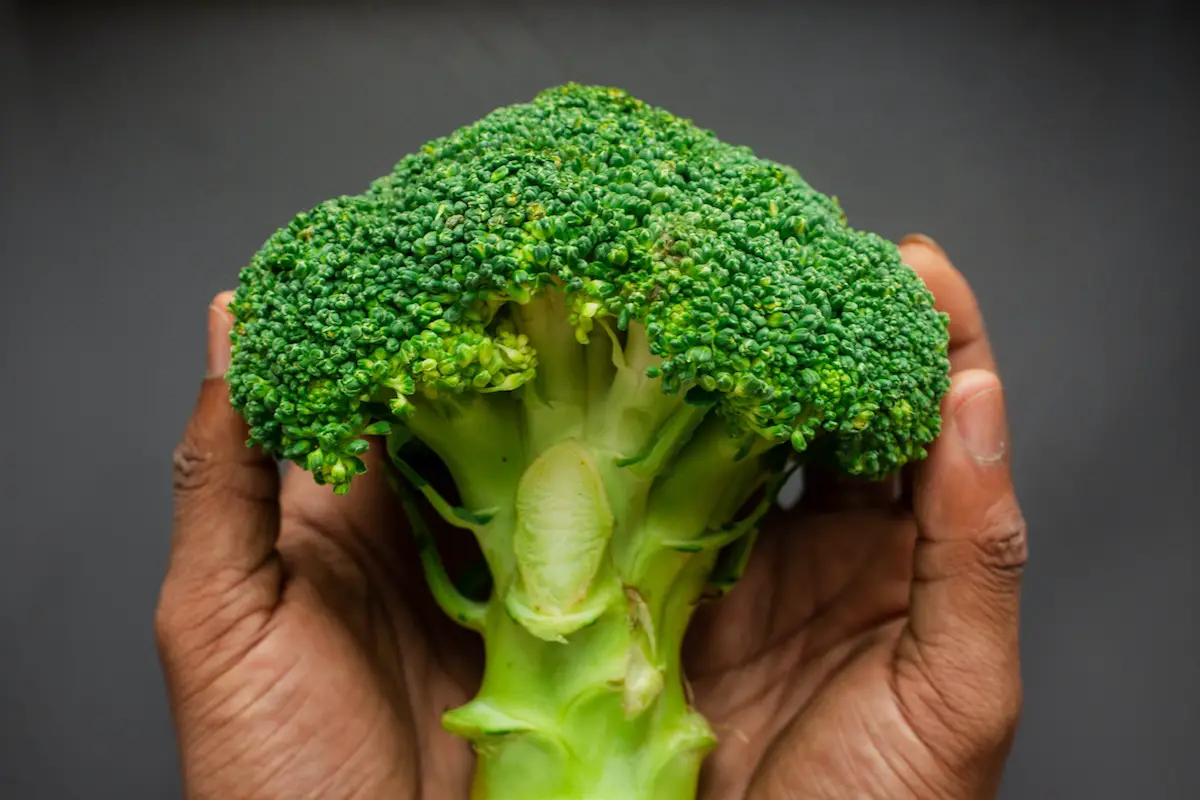
Broccoli, a versatile vegetable, can be eaten in its entirety, from the leaves to the stems. Enjoy it fresh or cooked, in dishes such as broccoli and rice or covered in cheese.
The head is comprised of leaves, as well as the stems. It is possible to take the stems and eat them by themselves.
Broccoli is a very adaptable vegetable and can be prepared in many ways. You can buy frozen pre-cut broccoli usually referred to as broccoli florets.
The best part about broccoli is that you can eat it fresh and raw, or cook it. The most popular dish for warm broccoli is rice and broccoli.
Smother your broccoli in cheese sauce for a simply mouthwatering side dish.
You could also chop it up into an ice-cold salad. Dip of fresh broccoli in ranch dressing and serve it as a delicious healthy snack.
Read also: Best Substitutes For Broccoli
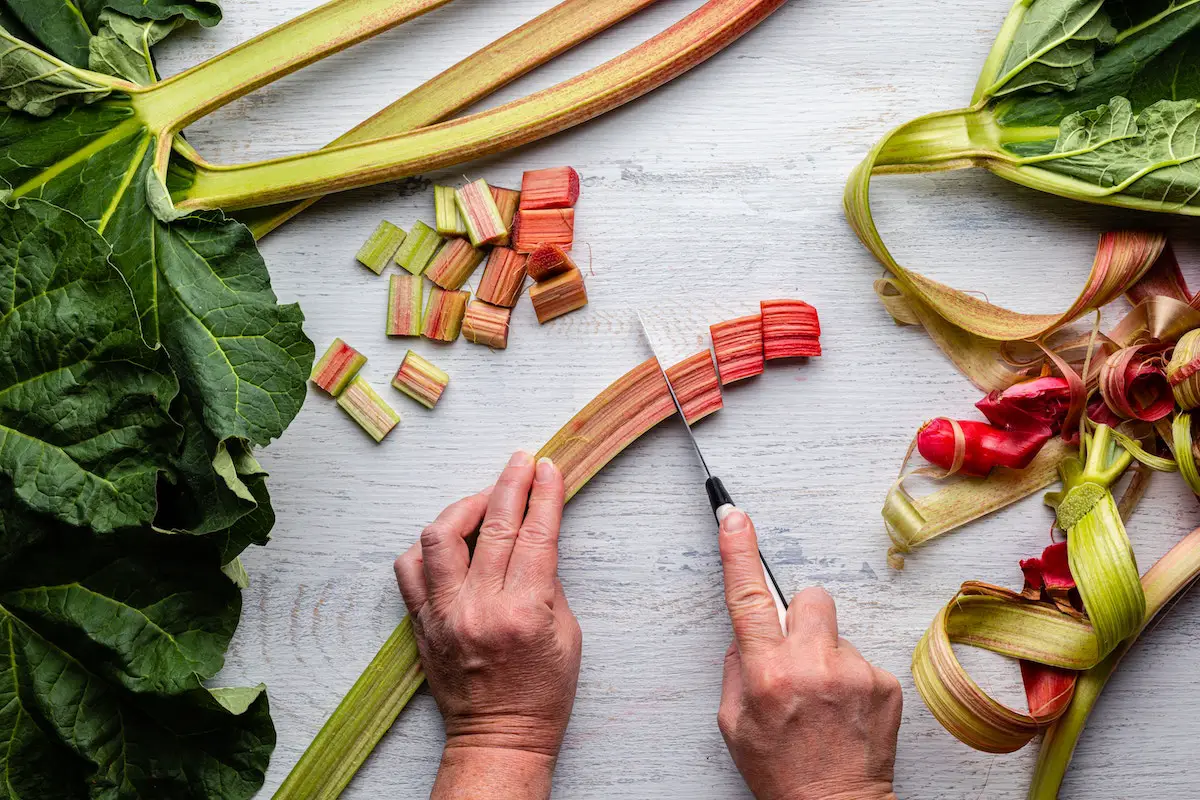
Though technically a vegetable, rhubarb is often used as a fruit in cooking due to its sweetness. Only the stem is consumed, because the roots and leaves can be harmful. Rhubarb can be used in pies, chutneys, crisps, salsas, muffins, brownies, jams, and glazes.
It’s a delicious and versatile vegetable very often baked in a pie.
A few people like peeling the skin of rhubarb to prepare it, but this isn’t necessary.
Here are some delicious things you can create using rhubarb:
Rhubarb is usually served as a dessert. It is delicious with fruits such as mangoes, strawberries, and peaches.
Cauliflower
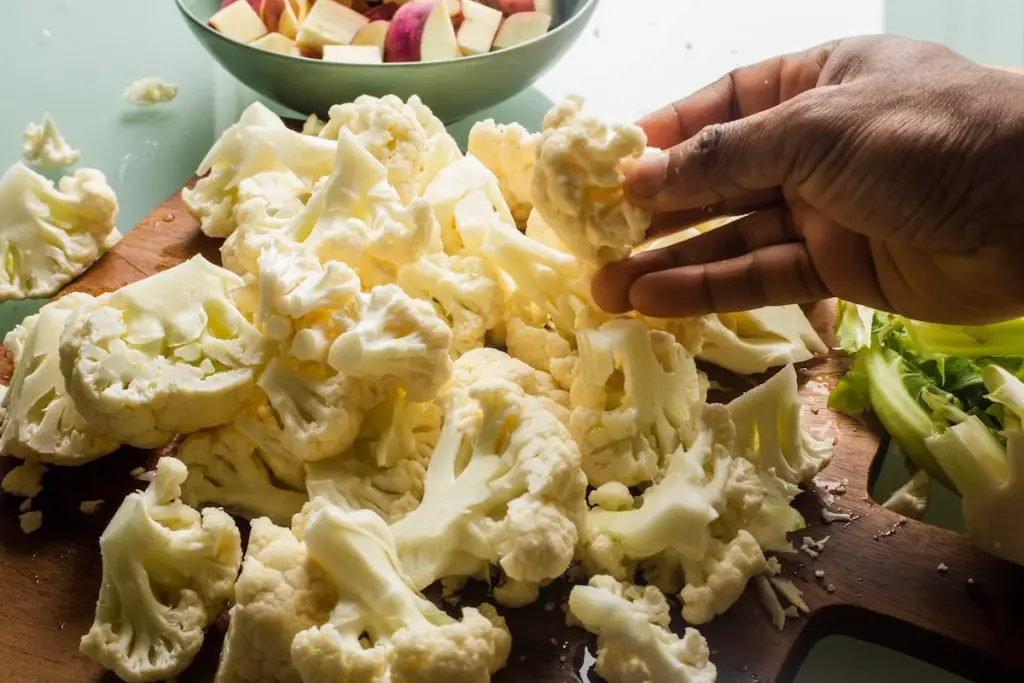
Cauliflower is commonly eaten in its entirety, florets and stems. It can be cooked or enjoyed fresh, with the leaves, stems, and florets all tasting similar.
Rich in vitamins and nutrients, cauliflower can be prepared in numerous ways, much like broccoli.
Cauliflower can be cooked or raw. You can eat the leaves, stems, or florets; each tastes the same.
It is possible to prepare cauliflower in many ways. Cauliflower has a lot of similarities to broccoli but they have different a different taste.
Cauliflower is often used as a pizza base for those who are gluten intolerant.
Read also: Best Substitutes For Cauliflower
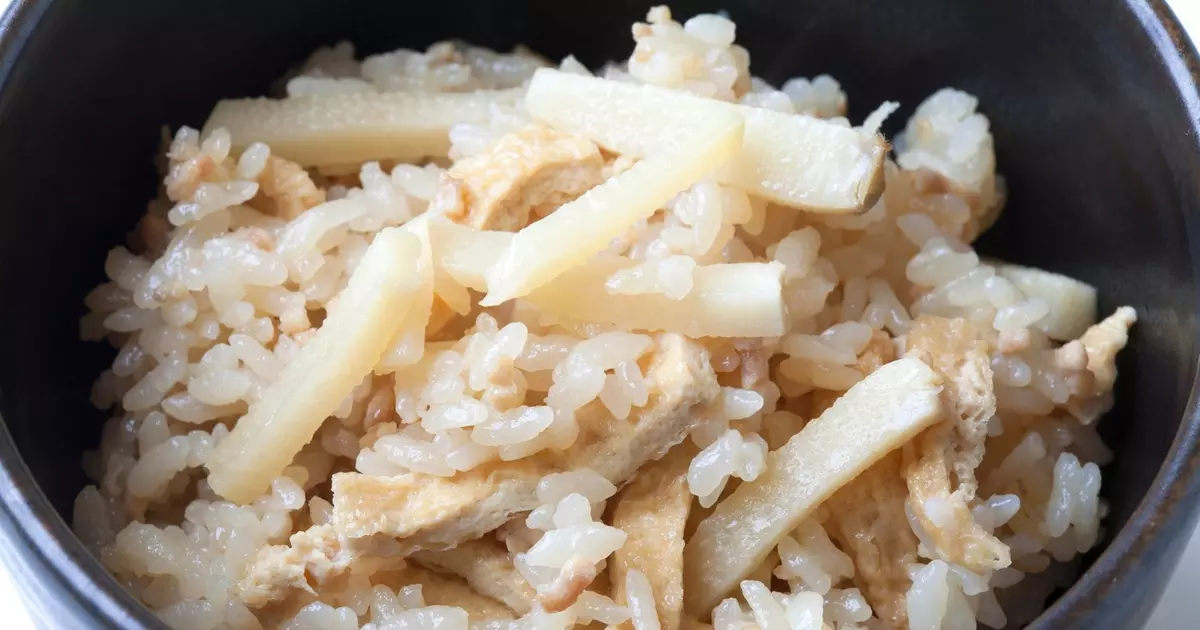
Popular in Asian cuisine, bamboo shoots are the only edible part of the plant. Often found in dishes like spring rolls, bamboo shoots should be cooked before eating to eliminate potential toxins.
Bamboo shoots don’t have much flavor, and the fibrous outer layer is typically removed, leaving the inner stem or shoot.
Although they may not appear like stems, they are actually vegetable stems because the leaves we eat are actually grown on the stems of the plant. We eat the stems when you eat the leaves.
Carrot stems are frequently neglected as being edible. But carrot stems can be eaten and are very healthy. Carrot stems are a great source of minerals and proteins, particularly potassium. However, the taste of carrot stems can be bitter and not as versatile as carrots.
This depends on the type of vegetable and your personal preferences. Some vegetable stems, such as asparagus and broccoli stems, are edible and can be nutritious and delicious when cooked properly. Other stems, such as the stems of rhubarb or tomato plants, are not edible and can be toxic. It’s always best to research the specific vegetable before eating the stem to ensure it is safe and palatable.
Many foods have edible stems that can be used in cooking or eaten raw. Some common examples include asparagus, broccoli, cauliflower, celery, bok choy, and kale. These stems can be chopped, sautéed, roasted, or used in salads and other dishes to add flavor and nutrition. It’s important to properly prepare and cook the stems to ensure they are safe to eat and palatable.
Leave a comment